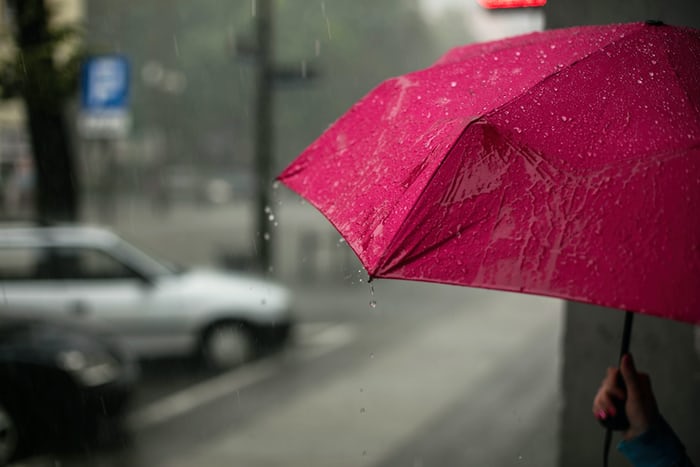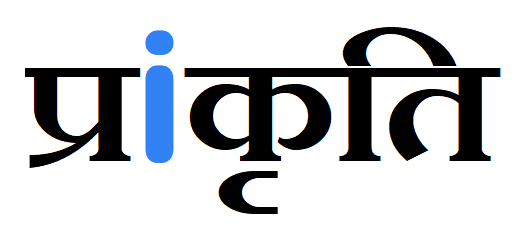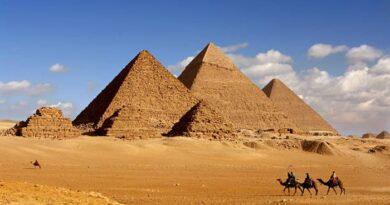Interesting Facts About Rainy Season
Rainy season (Rain) is a season that is loved by almost everyone as it brings a sense of relief after the scorching heat. Rain is very important for our life. But there are many such things related to rain that you must know…
Amazing Facts About Rain

1). Rainfall is a type of condensation. Water evaporates from the surface of the earth and rises up and, after cooling down, falls again in the form of water droplets. It is called rain.
2). The tiny droplets of water collide with each other and increase in size. When these droplets of water become so heavy that they cannot settle in the air, then they rain on the earth in the form of water or snow.
3). We know that when moist air rises and cools, water vapor condenses to form tiny droplets of water. Sometimes, under favorable conditions, water vapor turns into tiny droplets of water without air rising, then we call it fog.
4). Colorful rain is a type of rain that contains enough dust. The Kottayam region of Kerala receives the highest red rainfall than any other part of the world.
5). If it rains in the desert, chances are you can’t get wet. This rain is called phantom rain because it is difficult to know whether it has rained or not, as the droplets are eroded by the effect of warm air.
6). Most of us think that raindrops look like teardrops; But they are actually like a chocolate chip. The size of raindrops varies from 0.1 to 9 mm in diameter. The lowest rain clouds are called cloud droplets,And their shape is round. Large raindrops shaped like a parachute The largest raindrops on Earth were recorded in Brazil and the Marshall Islands in 2004 – some of them as large as 10 mm.
7) In some parts of the earth, it is believed that along with the rain from the sky, fish and snakes also come to the ground. Fish festival is also made for this in many places.
Interesting Facts About Rainy Season

8). Falling rain has a maximum speed of 18 to 22 mph. This speed is reduced due to atmospheric friction. If this atmospheric friction does not reduce the speed of the rain, each drop will fall at a very high speed and can cause a lot of damage.
9). Rain gauges are used to measure the amount of rainfall in a particular area during a given period. They can be basic or complex, they do not count for freezing precipitation. Most rain gauges measure rainfall in millimeters to liters per square metre. Precipitation levels are sometimes recorded as inches or centimeters.
10). A rain gauge is a hollow cylinder inside which a bottle is kept and a funnel is placed over it. The rain water is filled into the bottle by funnel and later the water is measured by the meter. Keep this yantra in an open place so that there is no obstruction in rain water falling into the funnel.
11). The rain gauge is the main ancient weather instrument. It is believed that in India it is being used since 2000 years ago. In the Arthashastra written by Kautilya, it is written that the rain gauge was used to determine the standard abstract of grain production. The storehouses in each state had standard rain gauges which were to be used to classify the land for tax collection purposes.
12). The tip-to-tip sound of rain on the surface of the earth is produced by bubbles of water enveloping them.
13). It also rains on other planets of the Solar System; However, it is different from rain on Earth. There it may be composed of methane, neon and sulfuric corrosives or significantly iron rather than water. Rainfall on Venus is composed of sulfuric acid, and on Saturn’s moon Titan, it rains methane instead of water.
14). The actual non-figurative weight of the rain is huge; An inch of rain on one acre of land, roughly 226,000 pounds, and every minute the Earth receives 1 billion tons of rain.
Fun Facts About Rain

15). Raindrops contain dissolved nitrogen coming from the air. It is a free and natural fertilizer which helps in making the grass greener after rain.
16). Once a radio station owner was arrested in America. Because he had predicted that today it will rain many times a day, which was proved wrong.
17). There are many such places in the world where it rains throughout the year, such as Kauai country receives 350 days of rain.
18). As the world is now living in the 21st century, how will rain be left behind when everything is being made artificially. Now it is possible to make artificial rain.Particles of dry ice are thrown from the plane specifically on the cumulus cloud. In a cloud, carbon dioxide is coated with water and dropped as snowflakes, causing the water particles hidden in the cloud to disintegrate and fall to the ground in the form of rain.
19). Some states of India are using artificial rain as a project for the last 35 years at their level. The Tamil Nadu government used it for the first time in 1983 in drought-prone areas. Although it is not very costly to make artificial rain.
20). We ‘200mm. are familiar with words like ‘rain’; But do we know what it means? In fact, it is the height of the accumulated amount of rainwater falling on a perfectly flat surface and indirectly it is the measure of rain water. Thus, if the area of 10 square kilometers is 200 mm. When it rains, then the volume of the total water rained in that area is about [(10×1000×100×10)2×200] cubic mm. Will happen. A device called rain gauge is used to measure the amount of rain falling in a particular area.In which the volume of rain water collected in a measuring cylindrical vessel is mm. is measured in.
21). 90% of the annual rainfall in the Indian subcontinent falls over a period of four months during the summer monsoon. The word monsoon is derived from the Arabic word ‘musin’. Which means ‘season of winds’. Monsoon is related to the displacement of seasonal winds along the Indian Ocean and its surrounding areas towards the Arabian Ocean. These winds blow from the southwest for half the year and from the northeast for half the year.
Read more
- 10 Tips To Stay Focused
- Kidney Beans Benefits And Side Effects
- 10 + Benefits Of Neem, Disadvantages
- Giloy – Benefits, Side Effects, Nutritional Information



